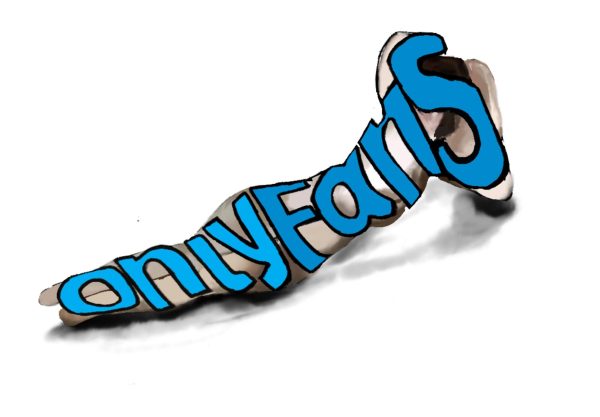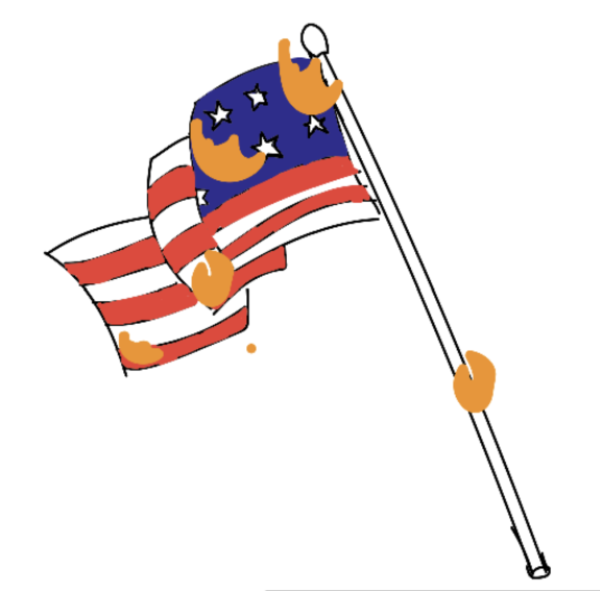Ukrainian Invasion Explained
With the recent news and the assembly Mr. Cairns gave the High School, it is no doubt that Ukraine, Russia, Putin and war have been on our minds. It feels different this time, especially since Ukraine is in what people may call our “European backyard.”
So, what is going on? Well, Ukraine is being invaded by Russia. Thirty years ago, the dissolution of the Soviet Union created new nations from its former territories, including the Russian Federation and Ukraine. Ukranians first declared independence in 1917 during the Russian Revolution, but they were defeated by the Bolsheviks. Ukraine was officially declared as a separate nation in August 1991. After the collapse, Russia saw many former countries of the Eastern Bloc join the North Atlantic Treaty Organisation (NATO), along with the European Union. This was intimidating to Russia’s leaders as they felt they were losing the former Eastern Bloc to the western aligned NATO and the EU. Another view held by Russian leaders, in particular, Vladimir Putin, who claimed in his speech on February 21 of this year, is that “Ukraine was entirely created by Russia,’ and therefore their identities are intimately and politically inseparable.
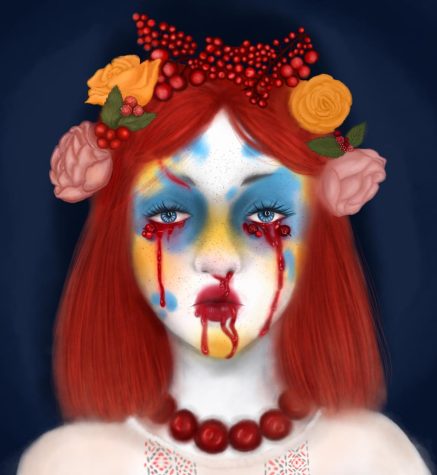
All of this made Russia attempt to influence Ukrainian politics, to make Ukraine a Russian buffer state which is a nation that acts as a shield for another country. This included significant pressure on politicians to support Russia in its expansion of power, such as one Viktor Yanukovych. However, many Ukranians did not want the country to be a Russian ally and wanted to join the EU and NATO. Yanukovych won the Ukrainian presidential election of 2004, but was then accused of fraud. The Orange Revolution, which consisted of protests, broke out and was successful as the other candidate, Viktor Yushchenko, became President instead. However, Viktor Yanukovych did become president officially in 2010. As said by Antonia Mortensen in CNN Business, he promised Ukranians that he would start the process of building a relationship with the EU, which had been years in the making. However, as shown in the Netflix documentary, Winter On Fire: Ukraine’s Fight For Freedom; privately Yanukovych was looking eastwards at Russia.
In November 2013, after much anticipation, Yanukovych refused to sign an agreement that would associate Ukraine with the European Union. This angered many Ukrainians and the Maidan Uprising broke out in response. In these protests, people were brutally beaten by the special police force, otherwise known as the Berkut, that was sent to put down protests. The protests lasted for 3 months until February the next year. In the last days, the Revolution of Dignity involved fights between protesters and the police. The Ukrainian capital, Kyiv, was essentially turned into a battle zone. Due to the unrest, Viktor Yanukovych fled to Russia and was subsequently impeached by the government. However, despite the revolution being a success, Russia took action. On February 20th, 2014, Russia began to annex Crimea. There were pro-Russian demonstrations in response to the new government in Kyiv. This was the beginning of the Russo-Ukrainian War.
Why is it only now that Russia is invading the rest of Ukraine? Well, this wasn’t Russia’s first attempt. From 2014 to 2015, pro-Russian forces were built up and in August 2014, Russia attempted an invasion of Ukraine, which ended due to a ceasefire the next month. There was more escalation between the two countries before another ceasefire in February 2015. Between 2015-2020, there were no battles being fought exactly. However, tensions were still high and many different political events, those too detailed to be discussed within this article, happened relating to the Russo-Ukrainian conflict. It was only in early 2021 when Russia had begun to increase its military build-up on the Ukrainian border. The next year, the 2022 Russian invasion of Ukraine began. Of course, the context goes much deeper than that, but this is simply an overview of the history behind Russian and Ukrainian tensions.
So, what is happening now? Well as I’m writing this, Ukraine and it’s citizens continue to fight the Russian invasion with what they have, despite unrelenting attacks with missiles. Even with sanctions from the international community, pledges of military assistance, as well as humanitarian aid, this will be a long and complex fight, with many implications, as suggested by the Ukrainian history of fighting for autonomy. The BBC claims that now more than 12 million Ukrainians had fled the violence and warfare within their country. Many people have volunteered to help in whatever way they can, whether it is taking in refugees in their homes or pledging donations. Our ISL community so far has been a part of this effort to support Ukraine, by hosting Ukrainian students. However, those students, along with us, are hoping they will be able to return to their home sometime soon.
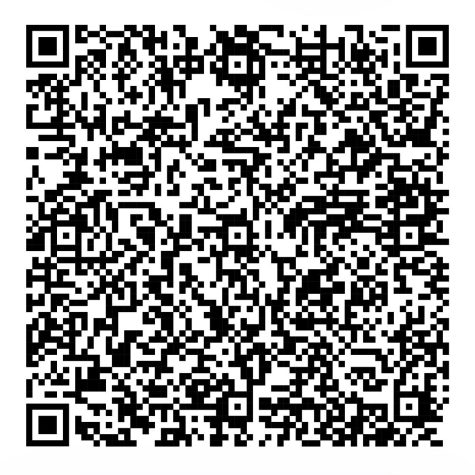
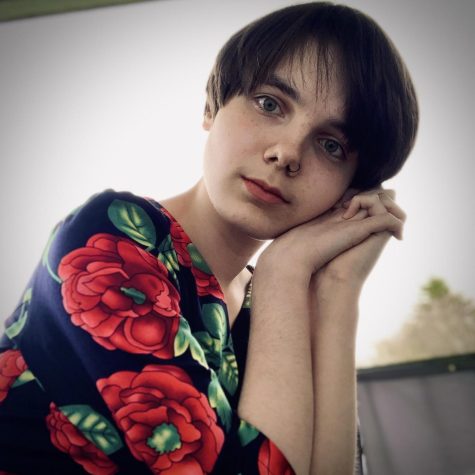
My name is Noor (they/them) and I'm in Year 13! I've been in The High since I joined ISL back in Year 10 and it has been an amazing experience to be a...
It is my third year as an illustrator in the High,


